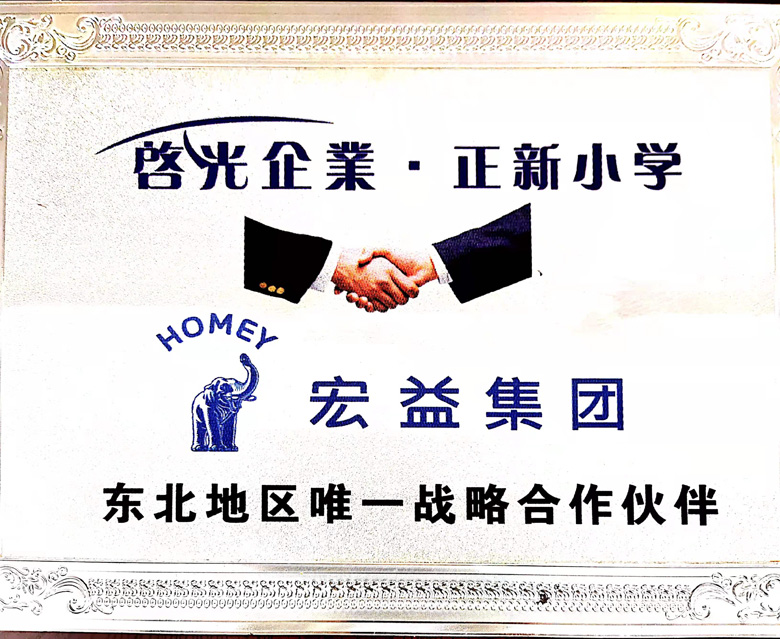Potting glue, also known as electronic glue, is a broad term mainly used for bonding, sealing, potting and coating protection of electronic components. What are the main components of polyurethane potting glue? What is the difference between it and epoxy potting glue?

The main components of polyurethane (pu) potting glue are polyisocyanates and polyether polyols, which are cross-linked and cured in the presence of a catalyst (triethylenediamine) to form a polymer. Polyurethane potting glue has good bonding properties, insulation properties and weather resistance, and its hardness can be changed by adjusting the ratio of diisocyanate and polyether polyol. Mainly used for packaging of various electronic and electrical equipment.
Compared with epoxy resin potting glue, polyurethane potting glue is more toxic. Like polyurethane glue, epoxy resin glue can be made into a two-component glue. Epoxy resin potting glue is generally composed of bisphenol A epoxy resin, curing agent (amine or acid anhydride), reinforcing additives and fillers. The curing time is long at room temperature and can be cured by heating. After curing, it has high bonding strength and generally high hardness, and can be made into transparent potting glue for packaging electrical modules and diodes.

As for the two-component potting glue, the usage method is basically the same. The general process is: ingredients – mixing – vacuuming – potting – curing. Of course, this process can use two-component glue filling equipment, which simplifies the entire operation process, saves operating time, and reduces the waste of raw materials.
How much do you know about polyurethane injection foaming process?
Structural foam injection molding
The structural foaming method is a revolution in injection molding technology. It retains many advantages of the traditional injection molding process and avoids some problems often encountered in the traditional injection molding process, such as insufficient product strength and production cycle. Problems such as too long and low molding rate.
The biggest feature of the structural foaming method is that it can be produced by injection molding with an ordinary injection molding machine without adding additional equipment. However, compared with ordinary injection molding machines, high-pressure structural foaming injection molding machines that use the mold cavity expansion method increase the cost of foaming. Secondary mold clamping and pressure maintaining device.
In addition, the use of structural foaming technology can also use low-cost molds to mold large and complex products, and multiple mold cavities can be operated simultaneously, thereby reducing the production cost of the products. The finished product produced by the structural foaming method is a conjoined foam material with a dense surface layer. Its strength and stiffness per unit weight are 3-4 times higher than that of the same unfoamed material.
In recent years, the structural foam injection molding process has been widely developed, and there are many molding methods, but they can be summarized into three types: low-pressure foaming method and high-pressure foaming method (Note: The low-pressure and high-pressure foaming methods here are High pressure refers to the pressure within the mold cavity) and the two-component foaming method.